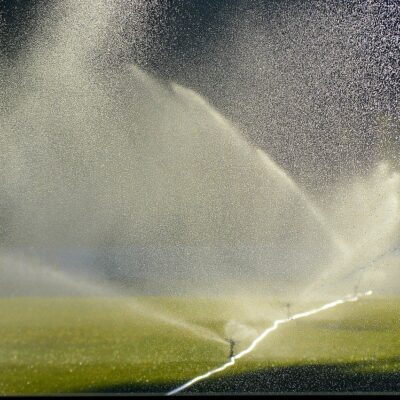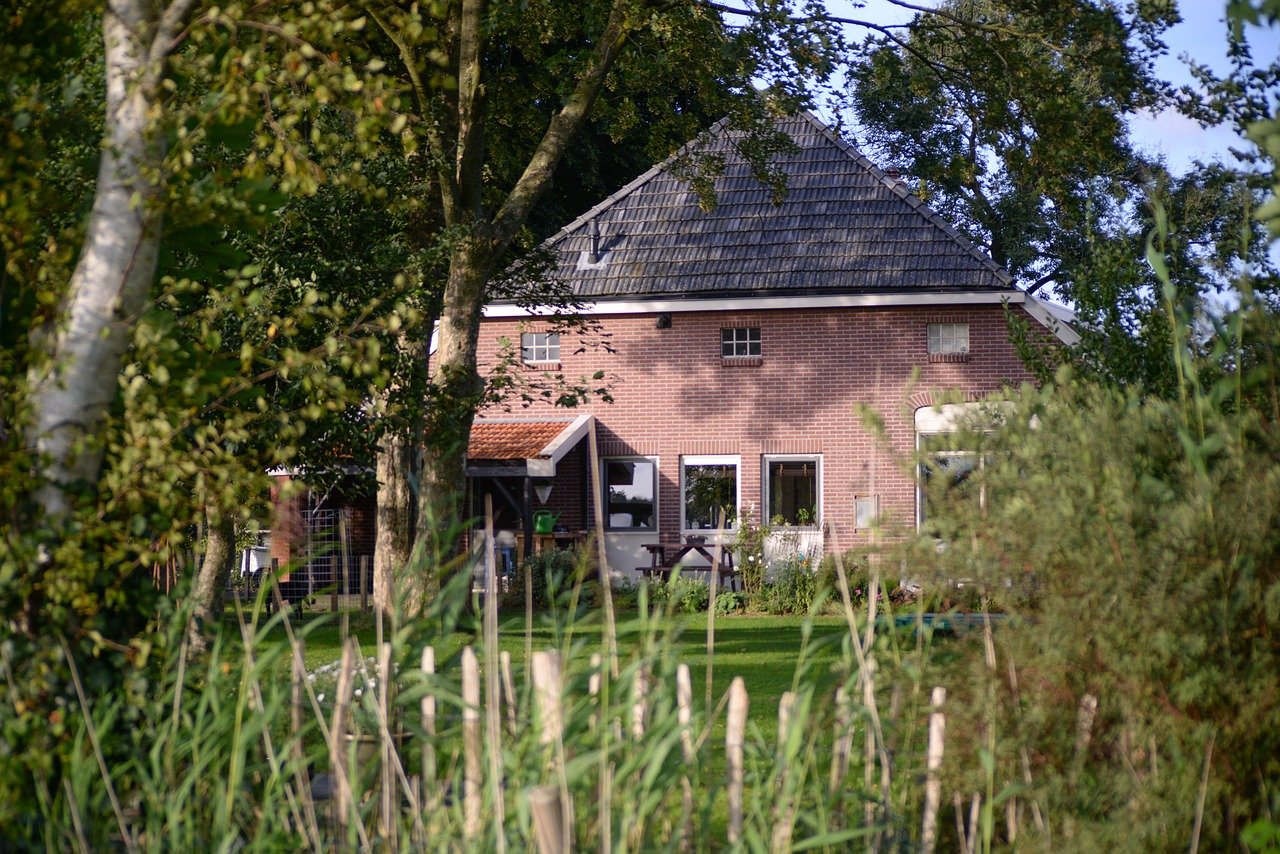About ten years ago, cutting the grass on greens down to a height of 2 mm for long periods would have thought to have been madness.
Back then, such aggressive cutting was believed to cause severe stress to grass plants. The usual cutting height was approximately 4 mm, although some more daring greenkeepers were prepared to risk going down to a 3 mm height.
Now, however, as with everything, times have changed, and so has golf-course grass cutting theory.
Fast-running greens
Today's modern golfers tend to prefer faster-running greens. They accord with the argument that a fast-running green demands more skill when it comes down to putting, After all, putting is an art and needs to present a challenge to any golfer, whatever course he/she is playing.
A green's speed is measured with something called a stimp-meter. If you have not come across this term before, take a quick look at this video. It will give you're the gist of what a stimp-meter is, and how it is used. From a grass cutting point of view, you will note that the height, in this case, is 4mm, but it is the rolling of the green that increases its speed.
A study was undertaken in America recently regarding fast-running greens, and it concluded that the stimp-meter reading preferred by most golfers who took part in the survey as 10.5.
The Importance of Having the Right Maintenance Plan in place
Cutting the grass on a green without a proper maintenance plan will result in exposing the grass to stress. It can result in problems like disease, or the build-up of "thatch" - whereby a layer of primarily dead turfgrass tissue embeds itself between the green grass growth above, and the roots system of the grass in the soil below.
If this is allowed to develop, it will be detrimental to the health of the grass. It is important to dethatch on a regular basis to avoid any build-up.
However, it has to be borne in mind that cutting grass, no matter to what height, is not natural as far as the plant itself is concerned. Plants were, after all, created to flower and reproduce, and this is precisely why a credible, scientific maintenance plan is essential. With one, any greenkeeper can cut grass to a variety of heights on various schedules.
Of course, cutting alone isn't the be-all and end-all. There are a number of other factors that have to be taken into consideration too, regardless of the depth of cut. They are:
- Aeration
- Top Dressing
- Verticutting
Let's take a quick look at the first two.
The process of Aeration
Aeration is normally carried out during the winter months. Although it is not the optimum time to carry out the process, it is when courses are that much quieter and is why many greenkeepers choose this time of year to do it. But it is during the summer months when the grass will be under much more pressure when a good maintenance regime comes into play.
One methodology commonly used is to deep spike during the summer months, and when doing so, putting a little "heave" on the machine to lightly crack the soil. It facilitates oxygen getting down to the roots of the grass where it is most needed, and it helps to relieve surface compaction.
The Topdressing Process
The next process is topdressing, sometimes referred to as "sanding." This process helps to maintain tighter cuts, thereby creating nice, smooth greens. Typically many greenkeepers use a 70/30 or 80/20 sand and soil mix. But, there a separate school of thought that prefers using straight sand.
Using neat sand is approximately £20 per tonne cheaper than using a sand/soil mixture. Courses using typically 200 tonnes per year or more stand to save a lot of money. Another significant benefit is drainage. It is crucially important to have a dry surface to work with, to facilitate cutting tight greens.
Using sand on its own also helps to create a healthier root zone, with increased pore spaces to allow access for water and air. The key thing with topdressing, however, is to ensure it is done regularly in fortnightly applications which helps to keep the surface of the green firm.
The Process of Verticutting
Now we come to the process of verticutting, and it is one that has generated a lot of debate in recent years. There is something called the “disturbance theory,” which recommends that the be reduced in frequency or even totally eliminated.
However, there is another theory that maintains that regular, aggressive verticutting will help to produce upright blades of grass which will allow a golf ball to travel across it with minimal friction. When verticutting intervals are spread further apart, it allows the grass to grow laterally, which increases the drag or "nap" effect on a rolling golf ball.
It has to be said that many major equipment manufacturers are promoting grooming as opposed to verticutting. However, with a cynic’s eye on this, one may say that it has more to do with equipment sales than making for exciting golf.
While frequent grooming enables the height of the grass to remain taller, it also brings more stress on the outside or perimeter cuts of greens, and many people, therefore believe that it should never be used as a substitute for verticutting.
Another big disadvantage of reducing the concentration of verticutting is that it will allow more thatching to build up. By doing so this will increase the drag effect on golf ball travelling across the surface.
By employing all three of the processes discussed above, golf course greenkeepers can achieve a regime that sustains low-cut greens. There is little doubt that a properly maintained fast-running green, produces a superior ball roll, and the key to this is keeping the grass cut low.
A Regular 2mm Cut is Best
Whether greens consist of Poa, Bermuda, or Bent grasses, keeping the cut at 4 mm will not produce rapid ball roll, without other practices such as rolling and double cutting being applied.
When you are talking about greens and an everyday-play situation, this is not feasible as it puts the grass under more stress. But reducing the cut to a 2 mm height will enable you to maintain fast-rolling greens on a daily basis without imposing too much pressure on the grass.



